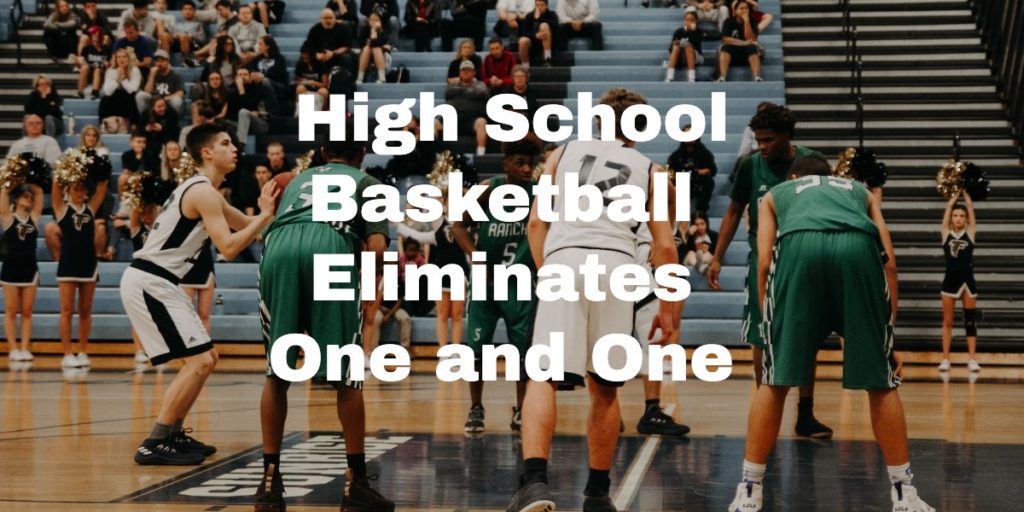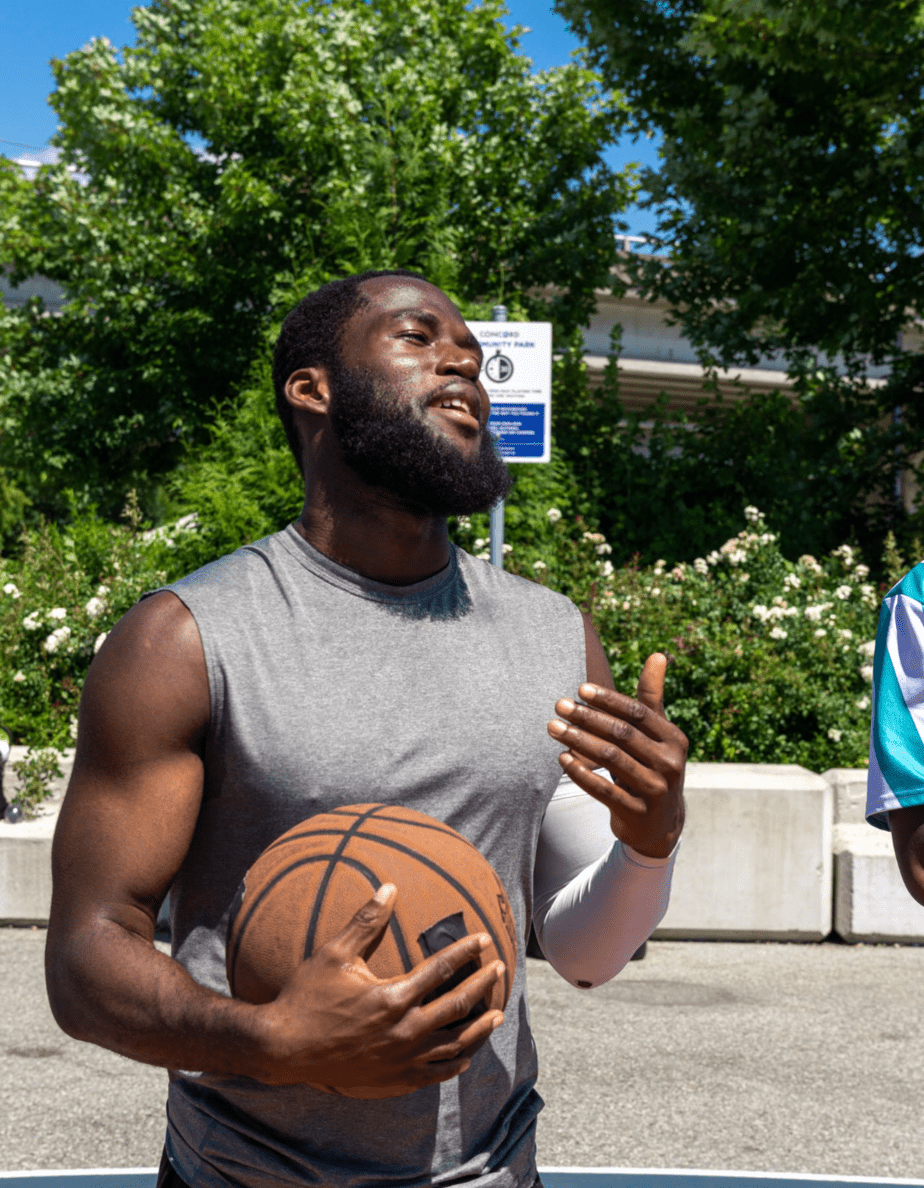Major Changes in High School Basketball: Farewell to One-and-One Free Throws
Big news in high school basketball in the United States, there’s a certain beloved rule that has distinguished the United States from other basketball leagues around the world. This unique free throw bonus rule is affectionately known as the “one-and-one”.
Under this amended rule by the National Federation of State High School Associations (NFHS), when the opposing team reached the foul limit rather than two free throws), high school teams received a “one-and-one” bonus upon their opponents racking up seven fouls within a half. If the shooter missed their first free throw attempt, they didn’t get another one. However, if they made it, they were given a second free throw.
But as they say, all good things must come to an end.
In a dramatic shift for next season (2023-24), high school basketball is bidding adieu to this beloved rule. Now, teams will be awarded two free throws for common fouls when they’re in the bonus, aligning more with FIBA’s guidelines. But that’s not all. Instead of team fouls resetting at halftime, they’ll now reset at the end of each quarter. A team will now reach the bonus when their opponent commits five fouls in any given quarter.
This is an interesting departure from the previous rule, where the one-and-one bonus was awarded after the opposition’s seventh foul in a half, and two free throws were awarded after ten fouls.
Why The NFHS Decided To Change The One and One Free Throw Rule
It’s fair to say these changes have been met with mixed reactions, particularly among coaches, many of whom are expressing discontent. So, what prompted these changes?
According to Lindsey Atkinson, NFHS Director of Sports and liaison to the Basketball Rules Committee, it’s all about injury prevention and game flow. She notes:
The rules committee studied data that showed higher injury rates on rebounding situations and saw this as an opportunity to reduce opportunities for rough play during rebounds. Additionally, resetting the fouls each quarter will improve game flow and allow teams to adjust their play by not carrying foul totals to quarters two and four.
LA Times, National high school basketball rule change eliminates one-and-one free throws
Impact On Coaches And Referees
The removal of the one-and-one rule is, in my view, a regrettable loss. It added a layer of complexity to the game. I gave you that magic window of trying to decide what to do once if you were down 7 points as the game clock wound down. Do you foul and let them shoot free throws during that 3 foul window where they only got the one-and-one and not two automatic free throws? You may have taken that chance earlier in the game with the percentages more in your favor in a one and one one. I suspect more coaches will wait to foul until it is desperation time and they have no choice. As a coach, I liked that additional gamesmanship. It also added additional pressure to make your free throw shots toward the end of the game.
The decision to reset free throws at the end of each quarter may enhance the rhythm of the game since you may not shoot as many free throws since the overall threshold to shoot nonshooting foul free throws will technically increase from 7 to 10.

However, if the NFHS goal was to curtail fouling during rebounding I don’t see that may backfire. Let’s say you have 3 team fouls with one minute to go in the quarter. You will have a license to hammer someone in that minute. Why not use the foul, since there is no longer-term penalty, aside from the player’s foul count, since the team fouls will reset in a minute? I think it will be similar to a team using a foul to give at the end of the game to disrupt a team’s flow when taking a last-second shot. But, this may happen at the end of each quarter, which also may not be great for game flow.
The impact on high school basketball referees will just be adjusting to the change in the counts to the bonus, which is largely a scorekeeper task. But it should simplify things a little since it is always two shots.
Conclusion
As with any change, only time will tell how these adjustments will shape the future of high school basketball. It will be interesting to see if other leagues follow suit and whether the one-and-one era will survive. If you want details on another controversial rule check out our post on the restricted zone.
Troy Wallace
Troy Wallace is Certified Basketball Speed Specialist and shares his experiences in trying to stay as healthy as possible to stay on the court. He is active in coaching youth basketball in YMCA, Team Work Sports Nebraska, and, currently, in the Jr. Warriors program in Omaha, NE. Visit Troy's Full Author Bio Page or email him directly.
Meaningful conversations happening daily about training, recovery, and injury-specific rehabilitation as well as sport-specific discussions on playing, coaching and refereeing your favorite sport. We welcome experts and those with curious minds seeking answers.
Join The Stay On The Court Community!